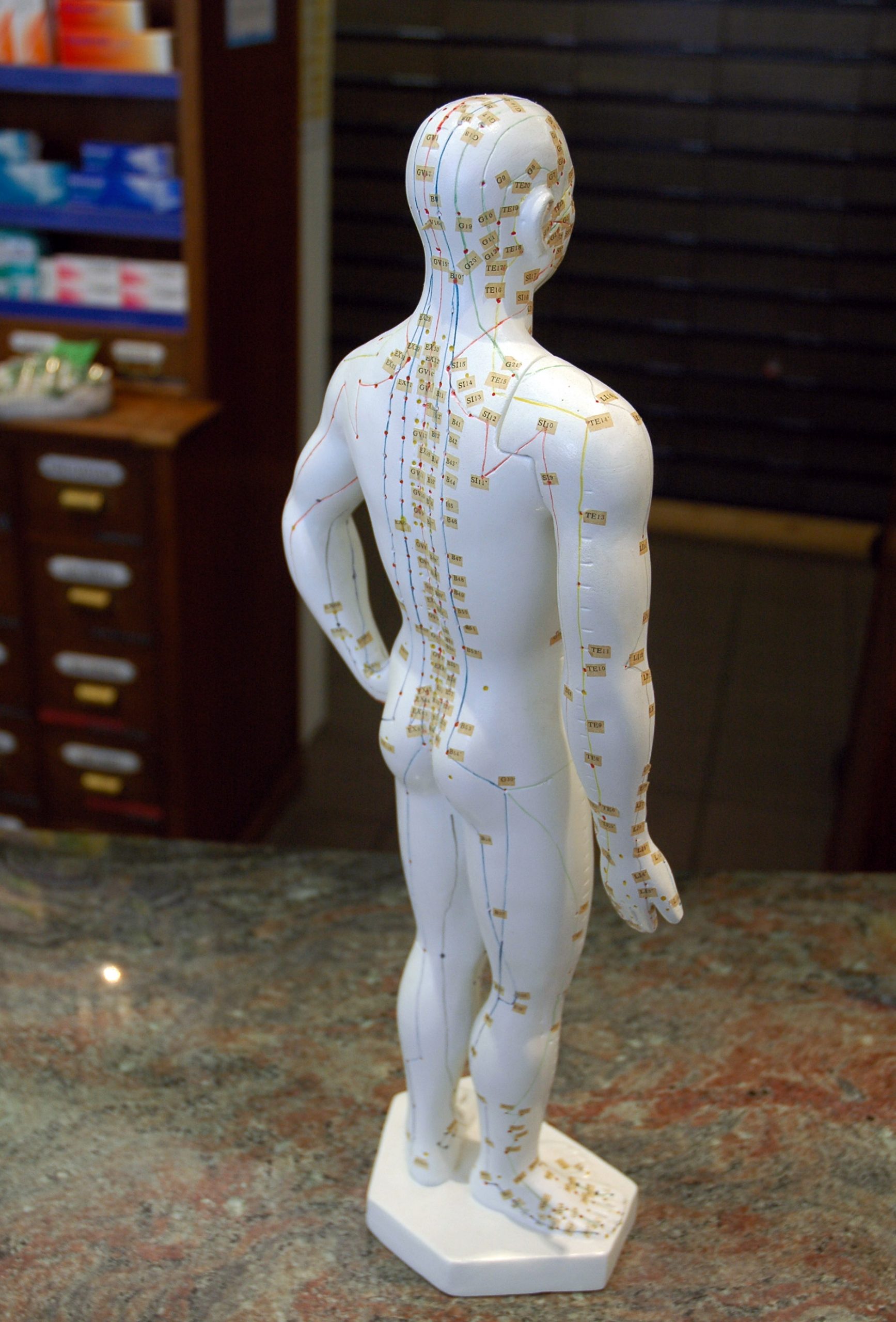While sciatica often gets thrown in with every other back pain case, it isn’t exactly the same thing. Unlike many other forms of back pain, sciatica originates from the sciatic nerve.
It also doesn’t solely cause back pain. In fact, sciatica might lead to pain in the buttocks and pain down the legs. It can also pose a very debilitating and beyond uncomfortable problem (if you’re experiencing a severe form of it, you’ll know exactly what we’re talking about here).
So, what does physiotherapy in sciatica treatment entail? And what should you know about sciatica and the sciatic nerve? In this article, we’re going to explore everything you need to know about sciatica and physiotherapy.
Understanding Sciatic Pain: What is the Sciatic Nerve?
The sciatic nerves are the two largest nerves in the human body. These nerves begin in the lower spine, pass through the buttocks, and extend all the way down each leg to the feet.
These nerves also have sensory and motor functions involving the entire legs and feet. Yet, pain happens when these nerves become pinched or compressed by other structures. This results in pain and discomfort anywhere within the nerve’s branches, which is why many individuals complain of differing pain occurring in their buttocks, low back, thigh, calves, or foot.
The pain felt when the sciatic nerve becomes irritated is often described as numbness, tingling, soreness, dullness, throbbing, or stabbing sensations. It can range from very mild pain to more severe forms. In other words, some individuals with sciatica may simply find it annoying while others might struggle to get off the couch or out of bed without excruciating pain.
So, why might the sciatic nerve become pinched?
Usually, this happens due to issues with surrounding structures.
For example, a herniated disc in the spine is a common cause of sciatica. The discs in between the spinal vertebrae act as shock absorbers. However, as time goes on, these discs begin to shrink and dry out. As these discs weaken, they may slip out from their rightful position and compress neural fibers, such as those of the sciatic nerve.
Other conditions that may lead to compression of the sciatic nerve include osteoarthritis, piriformis syndrome, pregnancy, lumbar spinal stenosis, and spondylolisthesis.
How is Sciatica Treated?
Luckily, sciatica is entirely treatable. You don’t have to live your life in pain.
Usually, sciatica treatment is a collaborative approach. This means that there are actions you can take at-home to reduce your pain and help yourself. At the same time, seeking out physiotherapy treatment can help accelerate this process and ensure it doesn’t become a recurring issue. For instance, a physiotherapist can provide exercises and manual therapy to help facilitate healing within the body and decrease pain.
Check out more information regarding sciatica treatment options below.
1. At-Home Remedies
While you wait to attend your physiotherapy appointment, you can help combat your pain by doing the following:
- Hot and Cold Therapy
Purchase a hot or cold pack at your local pharmacy. For the initial onset of pain, you may prefer to use ice to help reduce pain and swelling. Ensure you place a towel between the ice pack and your skin and apply for only 20 minutes at a time. After a few days (or if more comfortable), a heat pack can reduce your pain levels. Some individuals might also find that they prefer alternating between hot and cold.
- Over-the-Counter Medications
Pain relievers, such as ibuprofen and aspirin, may help reduce your pain and inflammation. Ensure you use these medications as directed on their affixed label. When taken for durations longer than 10 days or two weeks, some of these medications may have adverse effects on your gastrointestinal tract.
- Regular Exercise
Generally, staying in one spot can actually aggravate the pain further. If you can, try to perform some gentle movement.
With any movement you perform, ensure you only go to the point before pain. Further, halt activity if the pain becomes worse. If this is the case, a visit with your physiotherapist can help you determine what exercises or stretches may be beneficial to you at each stage of healing.
2. Physiotherapy Treatment Options in Sciatica
A physiotherapist performs a thorough examination and then creates a treatment plan according to you and your specific situation. Your treatment plan may include the following:
- Specific Back Stretches and Exercises
If a specific muscle, such as the piriformis, is pressing on the sciatic nerve causing irritation, your treatment plan will address this. This means that your physiotherapist will prescribe piriformis stretches and other back stretches to relieve tension and restore function.
- Spine Stabilization Exercises
These exercises may involve strengthening of the core and other areas to help improve the stability of the spine.
- Nerve Mobilization Exercises
For neural conditions, like sciatica, nerve mobilization exercises which involve neural flossing can help relieve neural tension and reduce sensitivity.
- Spinal Mobilization or Manipulation
During your appointment, your physiotherapist will perform various manual techniques to help relieve the pain and restore function. Spinal mobilization and manipulation may be used. Your physiotherapist may also employ traction techniques to create space between the spinal joints, further alleviating pain.
- Lifestyle Changes
A physiotherapist can also provide education regarding what other lifestyle changes you can make in your life to reduce your pain and avoid recurring scenarios. For example, they may suggest a specific sleeping position you can try or offer guidance in terms of physical activity you can participate in.
3. Surgery
While rare, surgery is considered in more severe cases, such as severe weakness or loss of bladder or bowel control. It may also be a last resort when other treatment methods have failed to work.
Physiotherapy Can Help the Sciatic Nerve and Reduce Your Pain
Sciatica can become a literal pain in the butt. The good news is that it is an entirely treatable condition. With physiotherapy, you can get back to the activities you know and love faster, with more ease, and without fear of pain.
At Corydon Physiotherapy, our team is here to help you get the most out of your life and say goodbye to pain for good. We work with you to determine your goals and provide the best treatment plan suited to you and your needs.
If you’re experiencing sciatica pain, book your appointment today by calling us at (204) 925-0380, emailing us at corydonp@mymts.net, or by using our self-serve online booking system.




